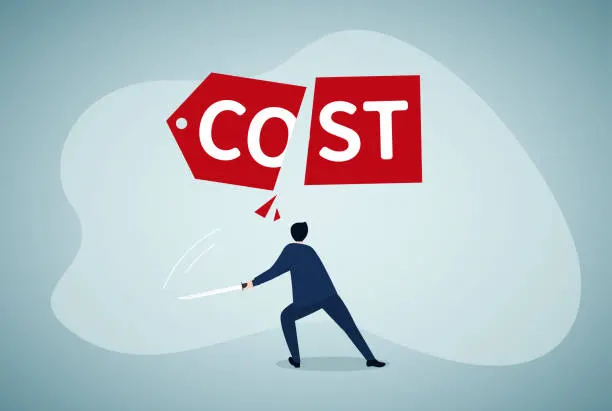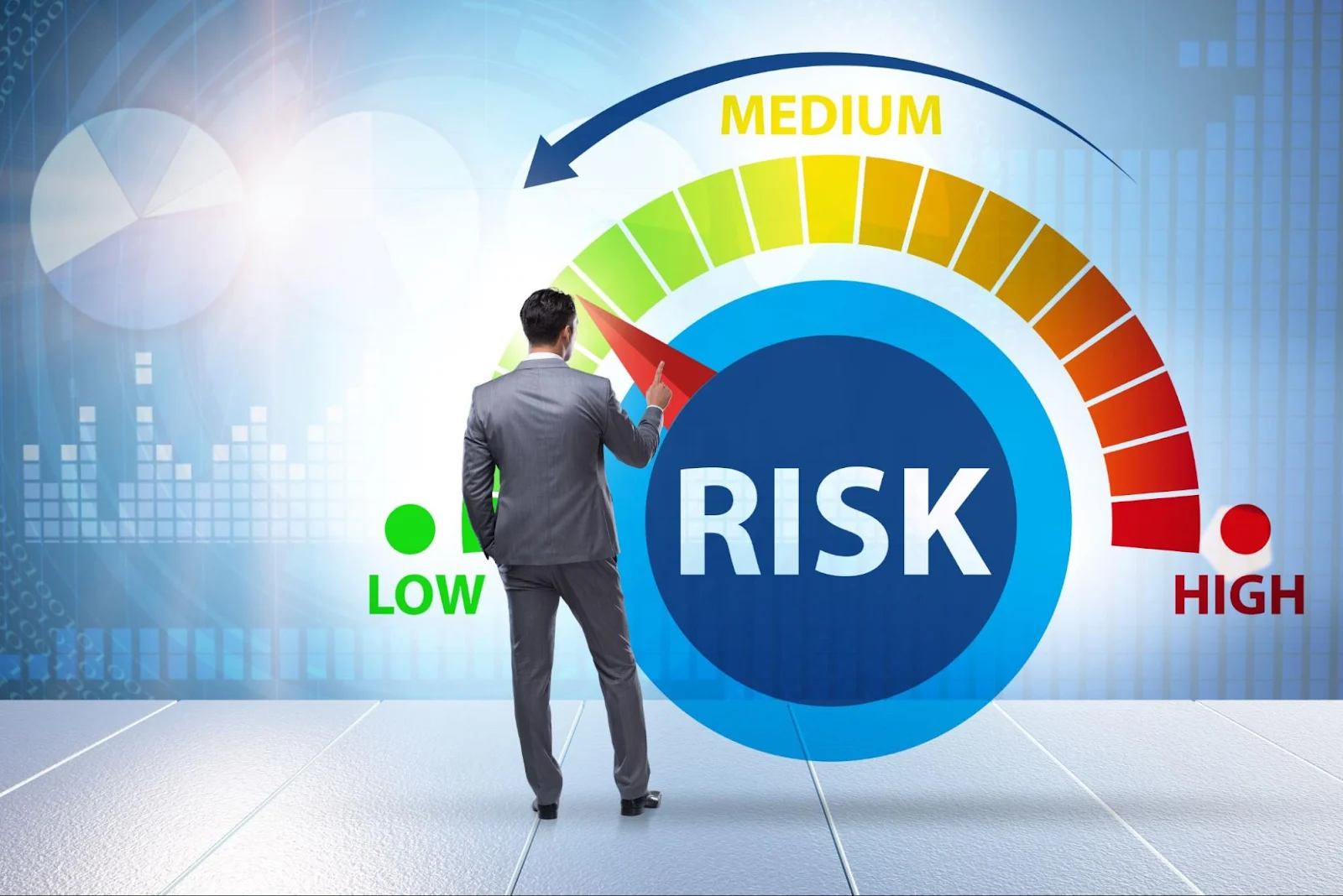Crypto Card Fees: Interchange, FX & Spread Guide

Crypto card fees, or how do they charge you? Explore all about fees, tips on picking a proper card and the top offers 2025.
At the forefront of any crypto card lies the challenge of enabling the use of digital assets for payments. This involves the global component, namely, countries and locations that accept Visa or Mastercard. The 2024 blockchain cards market reached a value of $1.6 billion and is expected to continue growing.
Today's guide aims to explain the nature of crypto card fees, like interchange, FX, and conversion spreads. What are they? What's the real cost behind crypto payments? Belt up and let's go!
Key Takeaways
Here are some crypto card fee withdrawals relevant for 2025:
- Interchange costs make up 70–90% of card fees
- Global crypto payment market hit $1.6B by 2024
- FX fees average 0.5–3% on cross-border payments
- Conversion spreads range from 0.5–2.5% per swap
- Visa and Mastercard control global card networks
- ATM withdrawals add $2–5 or 1–3% fees
- Crypto volatility can double effective conversion costs
Now, when you've learned the ropes and seen the trend numbers, it's time to proceed further. Let's explore how crypto debit card costs form and what's behind most people's eyes.
What Are Crypto Card Fees?
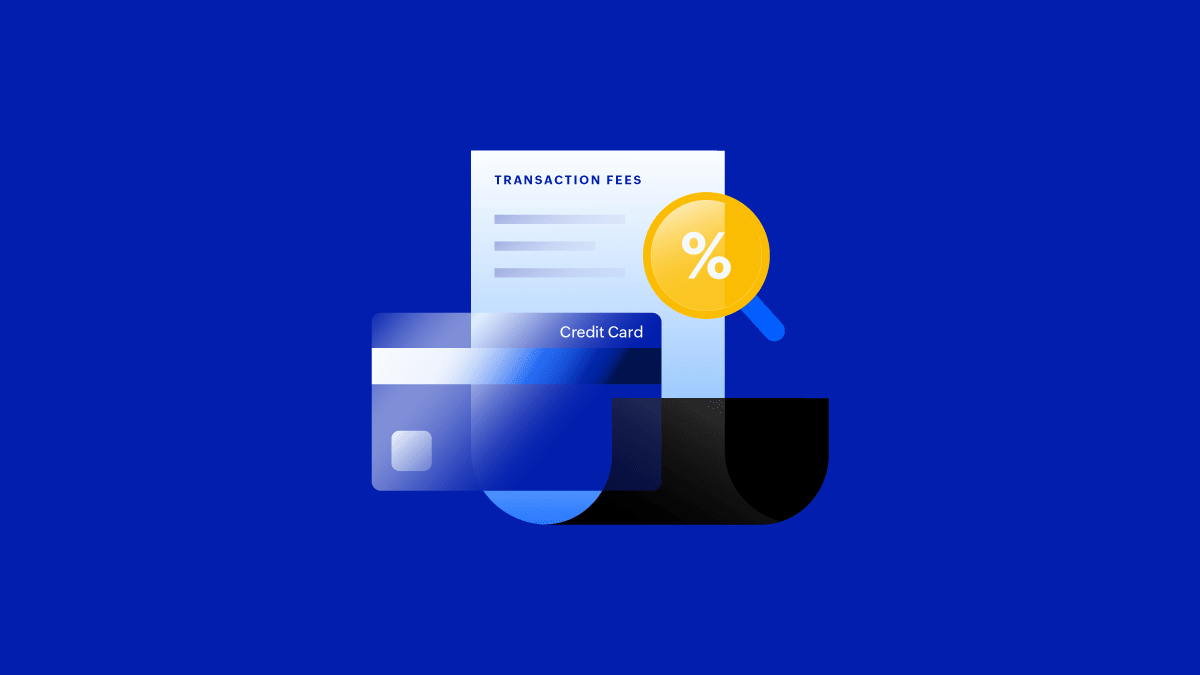
In plain English? These are the fees users pay for using a crypto debit or credit card to purchase goods or services. It's important to note that the final fee amount will always vary depending on the provider, card type, and location of use.
If we remove all the marketing noise, payment providers charge you for:
- FX fees on cross-border payments
- Conversion spread on crypto-to-fiat swaps
- ATM withdrawal charges for cash access
- Monthly or annual subscription fees
- Regulatory and compliance costs
- Hidden fees, like inactivity fees
- Rewards trade-offs via cashback spreads
Key takeaway: Yes, using cryptocurrency cards comes at a cost. Fees include standard payment fees, as well as crypto-specific costs. Understanding the fee structure will help you choose the most optimal payment solution, as well as a provider with a reasonable charging policy.
The Three-Layer Fee Structure
Every transaction with a virtual card involves three primary levels of crypto payment fees. Understanding how these levels are formed will help you define the actual cost of each swipe or tap in the real world.
Interchange Fees
These are charges that payment services pay to card issuers for the use of their cards. Typically, this type of fee makes up the majority (70-90%) of all transaction costs and has the greatest impact on the final price for consumers.
Here is the average interchange fee for the US and EU countries:
- 0.2% average debit card interchange in the EU
- 0.3% average credit card interchange in the EU
- 1.5–3.5% interchange range in the US
No matter how we like it, the charges are almost inevitable. Their final amount always varies by region, card type, and payment system.
FX Fees Crypto Cards
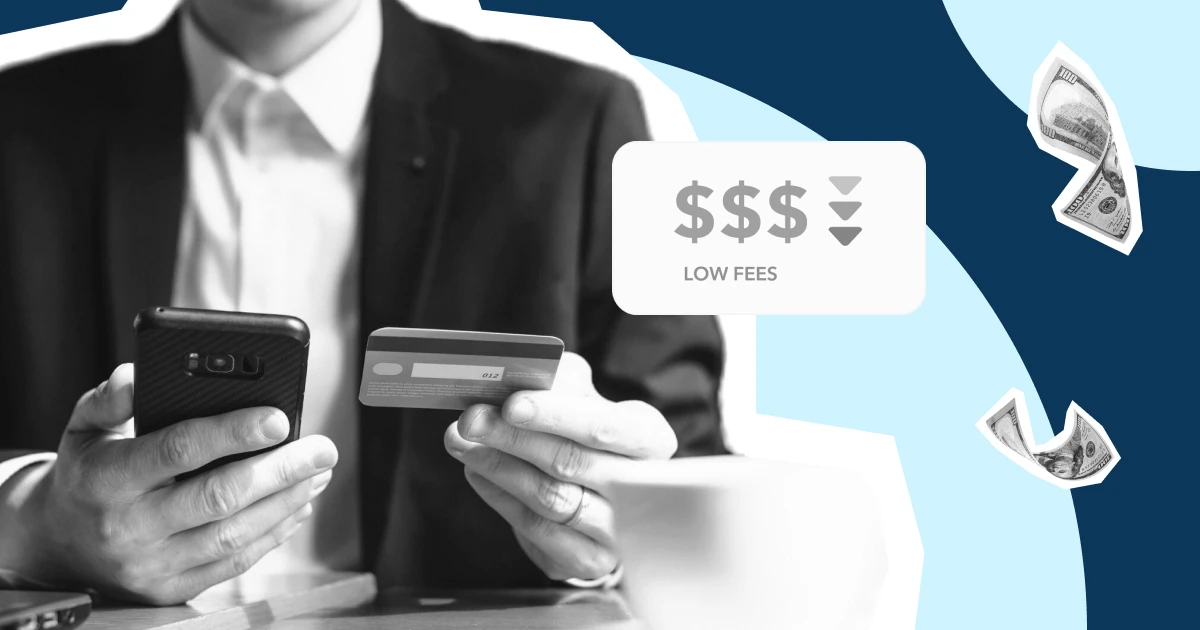
These are fees charged for payments made in a foreign currency or abroad. Most card providers add them to their conversion fees.
Ready to crunch the numbers? Here you go:
- Typical FX fee range: 0.5–3%
- Fintech providers: 0%–1%
- Weekend markups: 0.5–1%
- The average markup at US banks: 3–5%
- Every $1,000 spent at 3% = $30 lost
Understanding this fee metric will help you avoid icky surprises while enjoying traveling or cross-border shopping.
Crypto Conversion Spread
First time hearing the term "bid-ask spread?" No worries, it's a no-brainer. Picture that as a difference between the actual price of a crypto asset and the rate set by the card issuer.
Some "smart" providers add hidden costs to every transaction, which is something to consider when choosing a card. Here are a few true-life stats to follow:
- 0.5–2.5% is a common crypto-to-fiat spread
- $25 cost on $1,000 spent at 2.5%
- Coinbase adds a 2.49% liquidation fee in the US
- Wirex charges a 1% top-up fee
- Bybit's conversion fee is around 0.9%
Key takeaway: Interchange, FX, and conversion spreads are key elements that shape the real cost of using crypto cards. Focus on these metrics to calculate the real value that extends beyond marketing, such as cash back.
Crypto Card Transaction Flow: Who Gets Paid When You Swipe
Each transaction is subject to a chain of actions called processing. Understanding this procedure and its components enables us to determine the crypto payment provider's fee structure and identify who benefits from each stage of the process.
Payment Network Processing
Most modern-day merchant accounts use Visa and Mastercard routes for each transaction. One doesn't have to be a rocket scientist to know that they charge users to cover their expenses and infrastructure, security, and fraud prevention.
And here's a mind-blowing trivia:
- Visa processed $14.5T transactions in 2022
- Mastercard volume reached $8.2T in 2022
- Card networks levy 0.13–0.15% fees
- 100M+ global merchants accept cards
- Contactless usage surged 30% annually
"Today, the primary challenges networks face are about ensuring fast, secure, and global transaction processing."
Card Issuer Role in Crypto Payment Fees
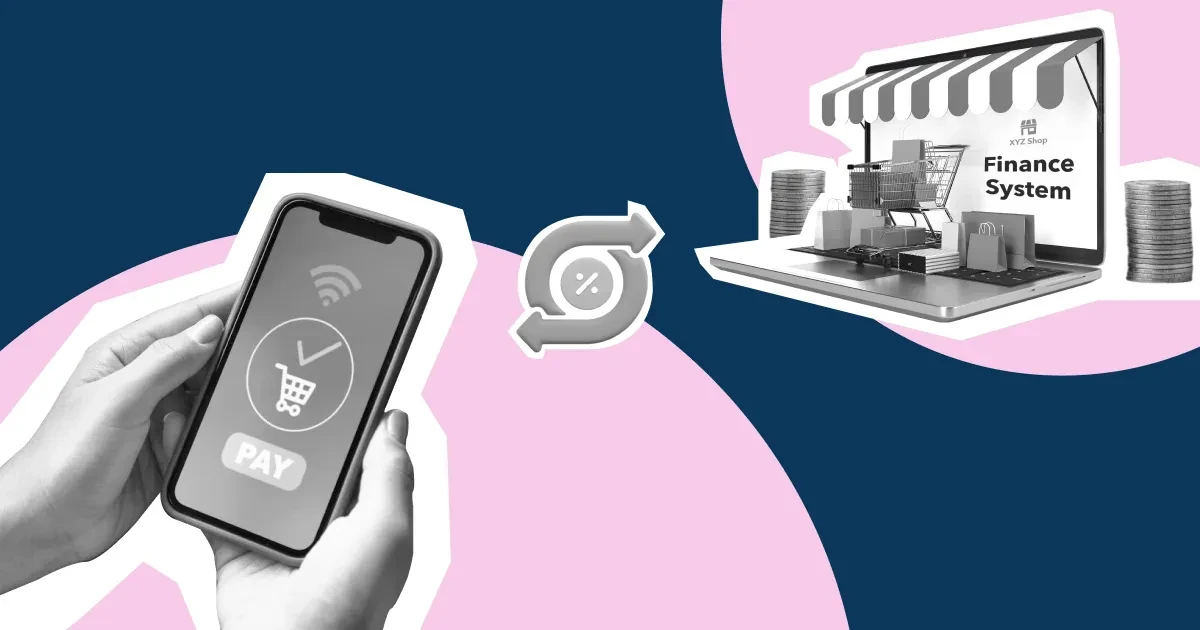
It's old news that the bulk of card issuers are banks or fintech companies. These parties generate revenue through interchange, interest, and sometimes subscription fees, among others.
Their stats speak volumes:
- Interchange share averages 1–2% per swipe in the US
- Issuers funded $35B in cashback rewards in 2022
- Annual fees range $0–$500 on premium cards
- ATM withdrawal fees add $2–$5 per transaction
- Staking benefits offset some issuer costs
In 2025, issuers will strive to strike a balance between risk management, customer perks, and revenue size to suit their appetite.
Crypto Exchange Conversion Process
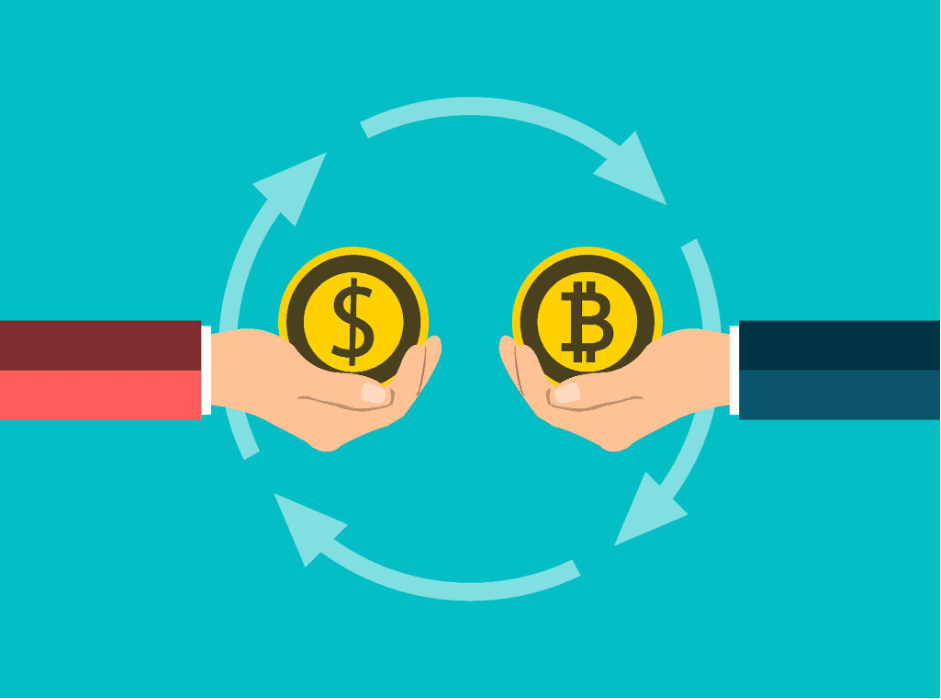
The currency exchange process involves converting your crypto into local fiat currency, allowing card payments to be processed at the point of sale.
Here's how the entire workflow looks under the hood:
- Step 1: Card request reaches the conversion engine
- Step 2: The system verifies wallet balance availability
- Step 3: Crypto sold at market or spread rate
- Step 4: Fiat value assigned to a payment network
- Step 5: A network sends funds to the acquiring bank
- Step 6: Merchant receives fiat minus transaction fees
The crypto exchange process triggers costs related to liquidation and bid-ask spreads. This is where providers make a profit by applying conversion spreads and extra trading fees.
Merchant Settlement and Costs
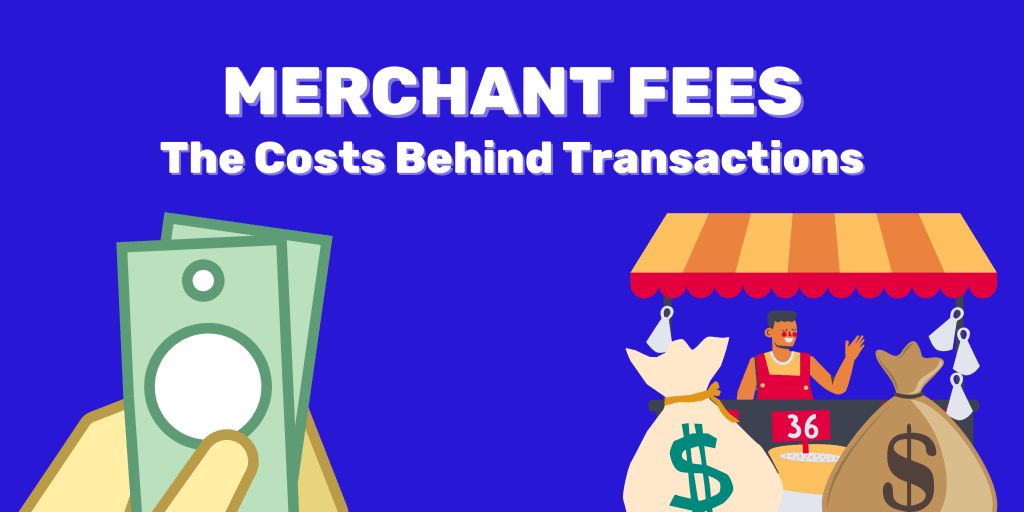
Merchants also adjust their timing by receiving funds net of all fees and expenses. All settlements occur within one or two business days, although the exact timeframe always depends on the acquiring banks.
Here are the core details on merchant settlement:
- Merchants lose 2-4% of revenue to fees
- Settlement delays add cash flow pressure
- Acquirer banks keep a 0.1–0.3% processing cut
- Cross-border sales cost 3–5% more in fees
- Chargebacks cost $20–$100 each case
Key takeaway: Each transaction serves as fuel for payment networks, card issuers, exchanges, and acquiring banks. This flow forms the end-to-end crypto fees that the user sees and covers after each purchase.
Real-World Crypto Card Fee Calculations
The cost of using crypto payment solutions varies depending on the location where you make payments. Real-world cases provide an excellent opportunity to study how exchange, foreign exchange, and spreads interact in practice.
Domestic Crypto Spending Fees
By converting crypto into local currency, you won't have to pay FX charges, but spreads and interchange fees still apply. Just check what a $100 local purchase might look like.



